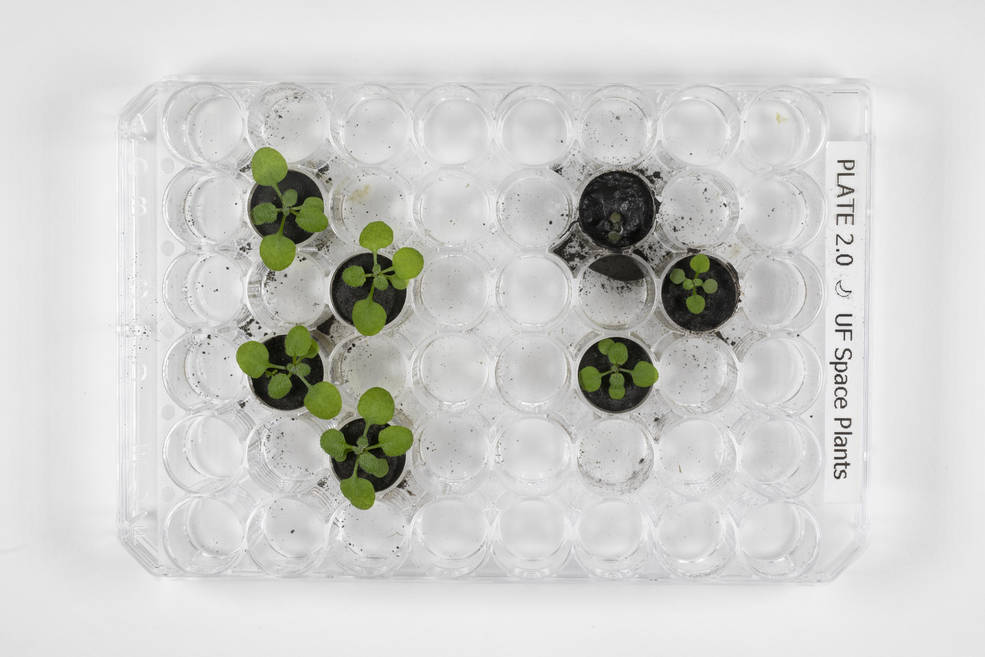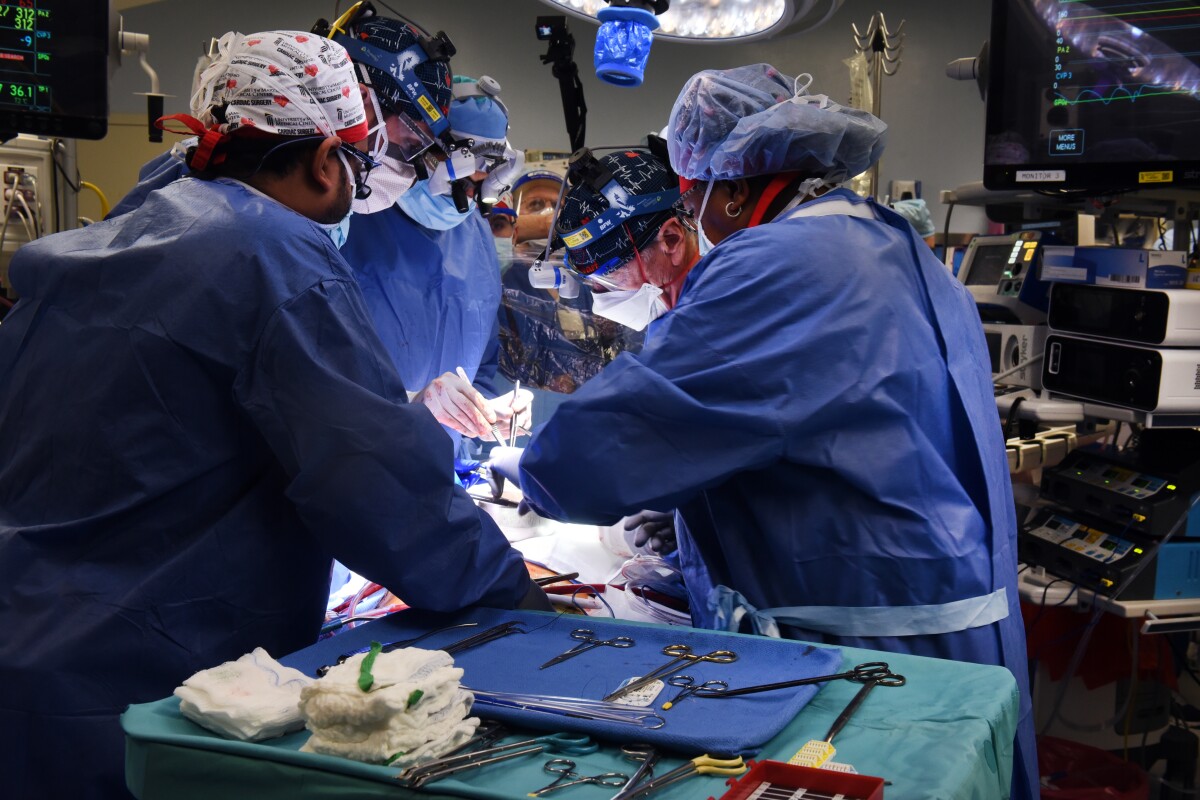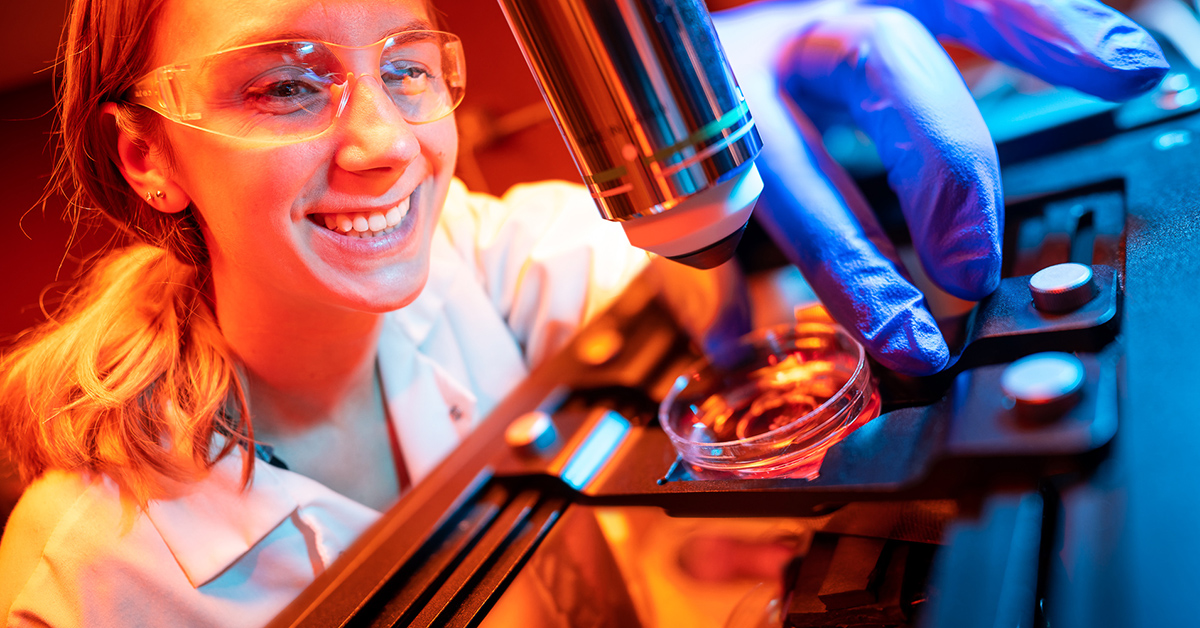Colonizing the Moon sounds intriguing, but it also brings several challenges and hurdles that we need to overcome. For the survival of the people living in this faraway world, food will be needed for survival.
A major milestone in space exploration
For the first time, scientists have grown plants in lunar soil or regolith. It is no doubt an important step towards making long-term stays possible on the moon.
In the experiments, scientists grew plants in lunar soil that was brought to Earth by the Apollo-era astronauts. Scientists grew the Earth plant, Arabidopsis thaliana, commonly called Thale Cress, for their experiment.
The researchers from the University of Florida used soil collected during the Apollo11, 12, and 17 missions between 1969 and 1972. These precious samples were kept locked away for decades. But the researchers were able to source 12 g (0.4 oz) of soil for the experiment from the samples.
Along with these lunar samples, researchers also used 16 volcanic ash samples collected on Earth. They considered volcanic ash due to the same mineral content and particle size as the lunar soil.
After that, they compared the growth of plants in both types of samples. To their surprise, nearly all the lunar soils produced sprouting plants.
Anna-Lisa Paul, a University of Florida professor, “I can’t tell you how astonished we were,”
“Every plant – whether in a lunar sample or in a control – looked the same up until about day six.”
Findings of this experiment
The researchers were able to grow plants in lunar soil. However, in comparison to volcanic ash, the lunar soil samples do not support plant growth when exposed to the harsh Moon’s external environment. The more the soil was exposed to punishing solar wind and many types of cosmic rays on the moon, the worse the plants seemed to do.
Sharmila Bhattacharya, NASA’s program scientist for space biology, said, “The fact that anything grew means that we have a really good starting point, and now the question is how do we optimize and improve,”







